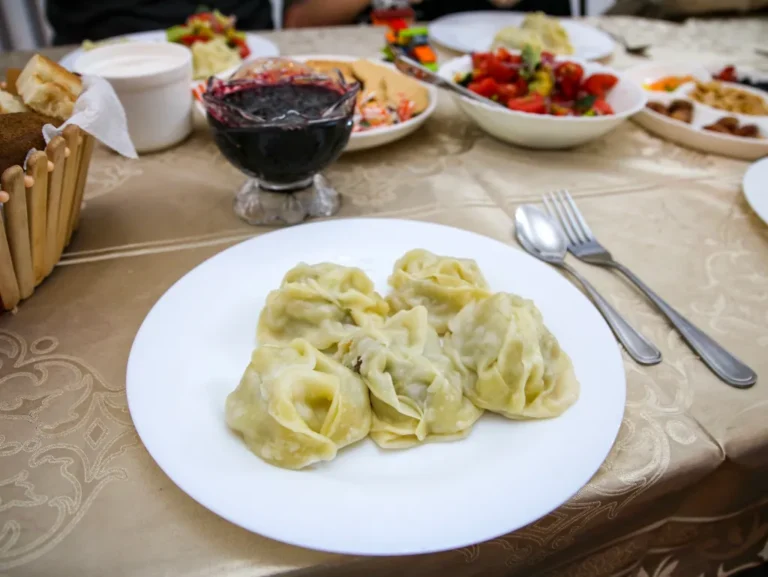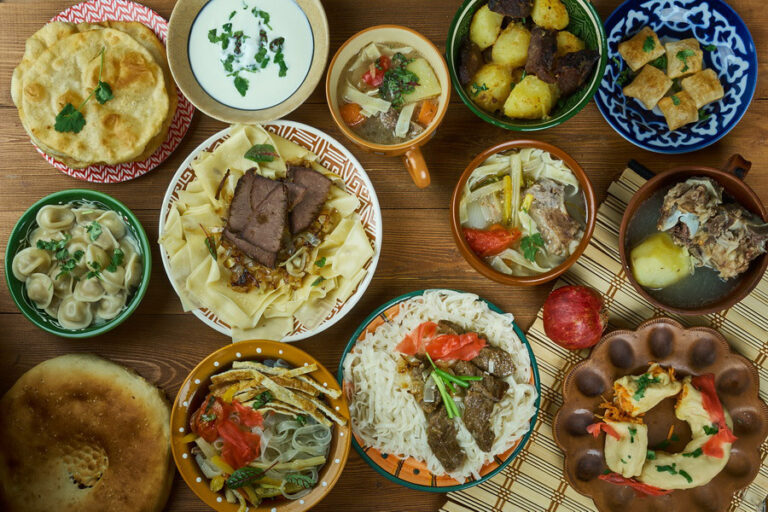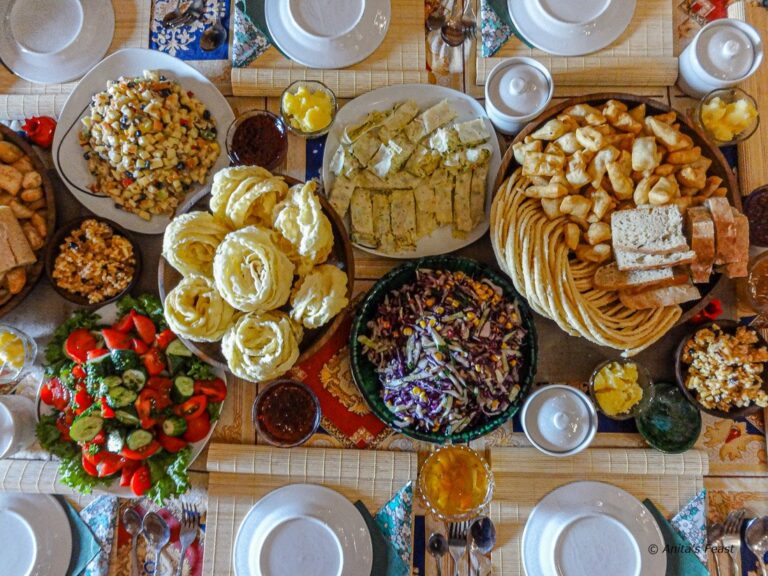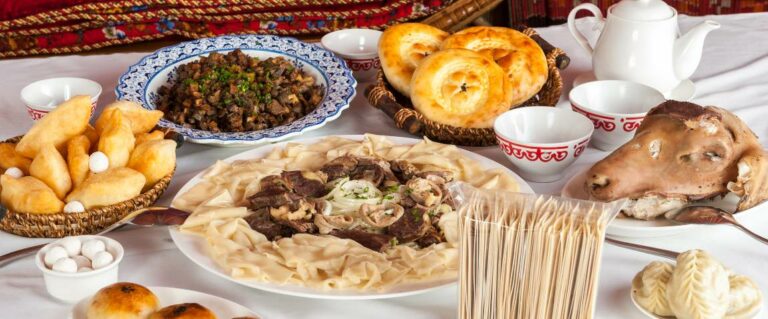Introduction: Examining Kyrgyz Cuisine
Kyrgyz cuisine is a fascinating blend of Central Asian, Russian, and Chinese influences. The country’s nomadic past had a significant impact on the way food is prepared and consumed. Dairy products, meat, and grains are the main ingredients in most Kyrgyz dishes. Moreover, the country’s harsh climate has made preserving food an essential part of the Kyrgyz culinary tradition. Kyrgyz cuisine is known for its hearty and filling dishes that are meant to provide sustenance to its people in the challenging living conditions of the country’s high-altitude terrain.
The Role of Spices in Kyrgyz Cooking
Spices play a crucial role in Kyrgyz cooking and are used to enhance the flavours of meat, dairy products and grains. The use of spices also has a practical aspect, as some of them have antibacterial and antiseptic properties that help preserve food. Kyrgyz cuisine is generally not as spicy as some other Central Asian cuisines, but it still makes use of a variety of spices and herbs.
Spices vs Herbs: Understanding the Difference
Spices are derived from the seeds, roots, and bark of plants, while herbs come from the leaves of plants. Spices are generally more potent and have a stronger flavour than herbs. Kyrgyz cuisine uses both spices and herbs, depending on the dish being prepared. Some of the most commonly used herbs in Kyrgyz dishes include dill, parsley, and cilantro.
Commonly Used Spices in Kyrgyz Cuisine
Some of the most commonly used spices in Kyrgyz cuisine include cumin, paprika, coriander, and black pepper. Cumin is often used to flavour meat dishes, while paprika is used in soups and stews. Coriander is used to season bread and other baked goods, while black pepper is used in a variety of dishes. Additionally, Kyrgyz cuisine makes use of a spice blend called zira, which is made from cumin, coriander, and other spices.
Regional Variations: Spicy vs Mild Dishes
Kyrgyz cuisine has regional variations, and some regions are known for spicier dishes than others. For example, the Issyk-Kul region is known for using more spices in its dishes than other regions. The southern part of the country, on the other hand, tends to use fewer spices and more herbs in its cooking.
Conclusion: Appreciating the Diversity of Kyrgyz Food
Kyrgyz cuisine is a rich and diverse culinary tradition that reflects the country’s nomadic heritage and cultural influences. The role of spices in Kyrgyz cooking is significant, as they are used to enhance the flavours of the country’s hearty and filling dishes. While Kyrgyz dishes are generally not as spicy as some other Central Asian cuisines, the country’s regional variations still offer a range of flavours and spice levels for food enthusiasts to explore. Ultimately, the diversity of Kyrgyz food is something to be appreciated and celebrated.










